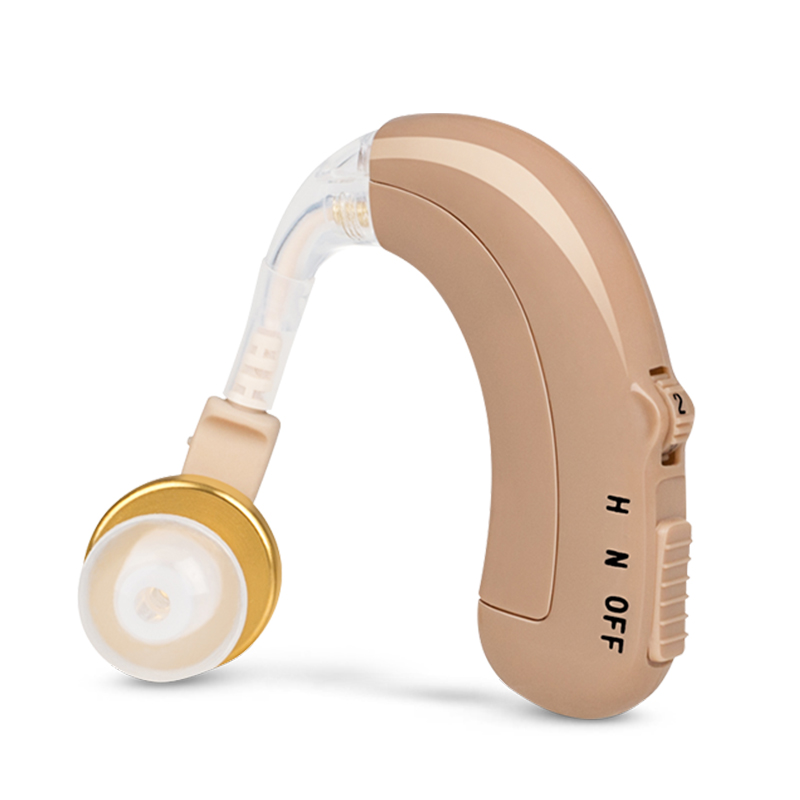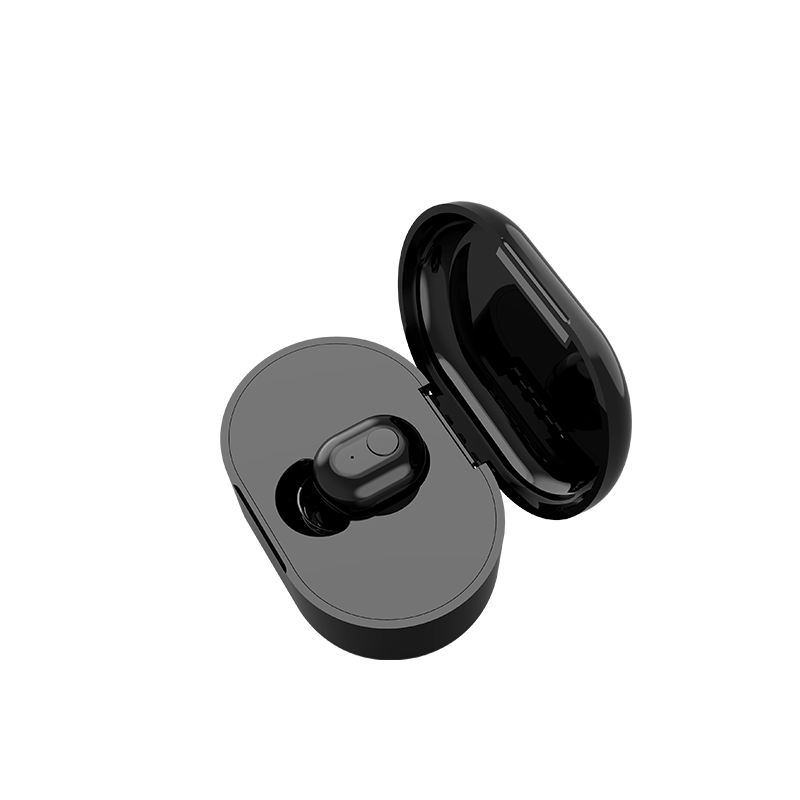
You may associate the word “loud” with sounds of a car honking or an airplane taking off, but do you know what the loudest noise in history was? Find out more in this week’s Audicus blog!
Hearing the Eruption at Krakatoa
Krakatoa often refers to the volcanic eruption that occurred on the Indonesian island of Krakatoa back in 1883. The noise was so loud that it was heard 3,000 miles away in the Indian Ocean island of Rodrigues. To put this into perspective, it would be like hearing a noise in New York that came from Dublin, Ireland! Not only is the Krakatoa volcanic eruption the loudest sound in human history, but it is also the most distant sound ever recorded. The noise from Krakatoa traveled for 4 hours and covered an area nearly 8% of the earth’s surface! To further put things into perspective, a jet engine produces noise as loud as 150 decibels. The Krakatoa eruption produced noise as loud as 172 decibels... 100 miles away The eruption at Krakatoa created more than just a loud noise. The resulting smoke penetrated 17 miles into the atmosphere and a massive tsunami was generated that spanned over 30 meters in height and destroyed 165 settlements and villages. Sound is created by a change in air pressure, and the noise created by Krakatoa’s eruption was enough to create shock waves that rippled throughout the island. A sound that large is capable of causing hearing loss and managed to damage the ears of crew members among Norham Castle, a ship stationed 40 miles from Krakatoa at the time of the explosion. The eruption at Krakatoa produced pressure waves that traveled the earth’s surface at least three times over in all directions. The noise was so powerful that it even caused a rise in ocean waves from India, England and San Francisco.
Other Noises Worth Hearing
On February 15, 2013, a meteorite exploded in the Russian city of Chelyabinsk. The noise from this meteorite explosion could even be detected by an infrasound station 9,000 miles away- in Antarctica. Interestingly enough, the noise was infrasonic, or inaudible to human ears. Despite the silence of the meteorite, it left a huge impact, injuring over 1,200 people when it exploded over the Ural mountains. Not only can loud noises come from sources that are inaudible to human ears, they can also come from sources that are very small. The noise from cicadas, tiny insects that emerge from the ground in swarms, is so loud that it could even cause hearing loss! This is due to the fact that cicadas can produce sounds as loud as 90 decibels, which is nearly as high as the sound of a train whistle and high enough to trigger hearing loss under continuous exposure. Luckily, many cicada species wait years (in some cases, 17 years!) before they emerge from the soil to wreak havoc on our eardrums.
By: Aaron Rodriques
The above is the interpretation of What Was the Loudest Sound Ever? provided by Chinese hearing aid supplier Shenrui Medical. Link https://www.srmcm.com/Blog/What_Was_the_Loudest_Sound_Ever.html of this article is welcome to share and forward. For more hearing aid related information, please visit Blog or take a look at our Hearing aids products















